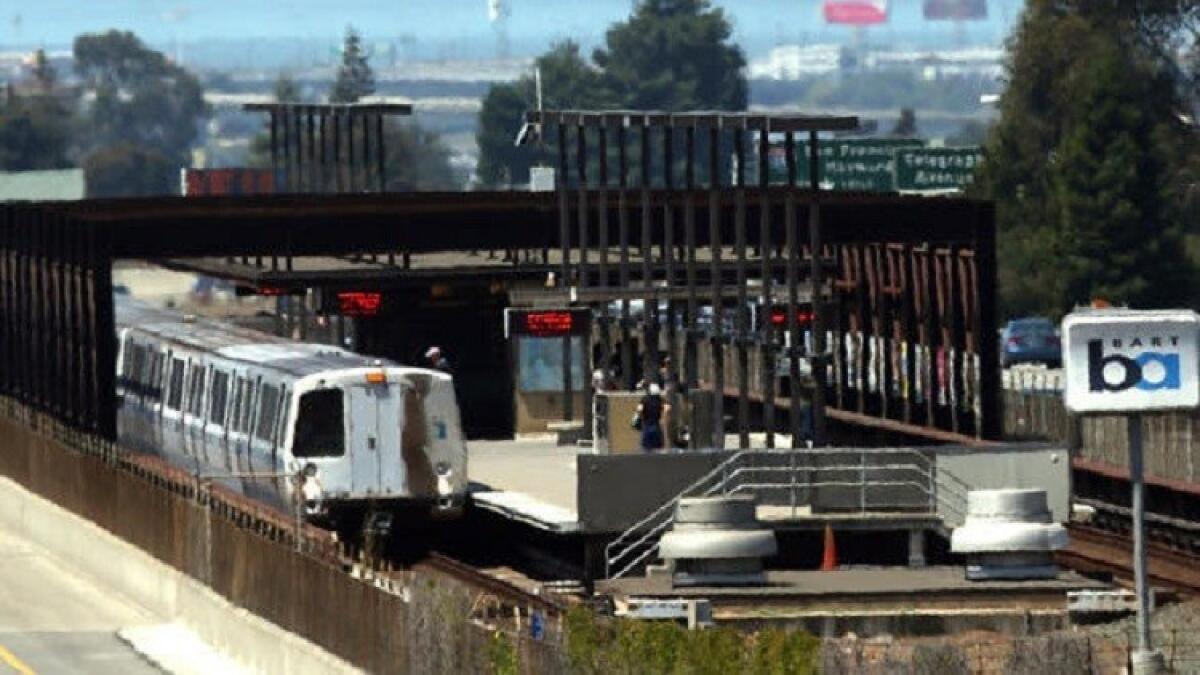What does California need to meet its climate-change goals? For starters, denser housing and less driving, report says

Reporting from Sacramento — California will need billions of dollars in new funding for housing and transportation improvements, and to make extraordinary changes to state and local government policies, in order to meet its new 2030 climate change goals, according to new reports from state and regional government officials and UC Berkeley researchers.
Californians will need to cut their driving by 1.6 miles per day, which they could accomplish through telecommuting, carpooling, biking or taking transit to work once a month as well as replacing short car trips with walking and combining multiple errands into one trip, state climate regulators said.
Car and truck pollution makes up the largest portion of California’s carbon emissions, and residents will need to drive less to reach the state’s goal of reducing greenhouse gas emissions by 40% below 1990 levels by 2030. These driving reduction numbers also assume that the state will substantially boost the number of electric cars on the road and cut carbon from fuel.
To get there, representatives from the Southern California Assn. of Governments and other regional agencies told climate regulators at a meeting last week that they needed a lot of new money for transportation and housing — as much as $5 billion in the Sacramento region alone — as well as policy changes that could include tolls and other charges for people to drive in congested areas.
Since 2008, regional governments have been responsible for developing plans to reduce greenhouse gas emissions by aiming to redirect development from sprawling outward to denser development into cities, adjacent suburbs and neighborhoods near mass transit lines. But regional governments have to revise their plans to meet the new targets now that the 2030 climate change goals passed the Legislature last year.
Beyond funding, state officials need to be sensitive to how Californians are used to getting around every day, said Hasan Ikhrata, the executive director of the Southern California Assn. of Governments, which is responsible for implementing a climate change blueprint in Los Angeles, Imperial, Orange, Riverside, San Bernardino and Ventura counties.
“We have changed the discussion in the state of California in a good way about how to sustain the future,” Ikhrata said at the meeting. “But at the same time we still have 40 million Californians that need to get from A to B. And we can’t overnight think they’re all going to bike or use transit. Some of them will drive.”
Rather than expecting all Californians to drive less, the state could see substantial driving reductions if it changed policies to funnel new housing into cities, according to a study released Monday by public policy think tank Next 10.
The study, written by UC Berkeley environmental and housing researchers Ethan Elkind, Carol Galante and Nathaniel Decker, compared the effects of concentrating all future housing growth into areas that have already been developed with a scenario where only 60% of new homes were built in those locations, which is what happened from 2000 to 2015.
The study found that residents living in already developed neighborhoods would drive about 18 fewer miles every weekday than those living outside those communities.
California also would see higher annual economic growth, greater tax revenue and lower home construction costs from a more dense development strategy, and households would have lower monthly costs through reduced transportation and utility bills, the study said.
“We can make a significant contribution to climate-change goals and the economy,” Galante said.
Under the scenario envisioned by the study, substantial development would occur in urban cores — housing density in San Francisco would increase by 30%, for example — but smaller existing cities would need to grow as well.
More communities would have to look like Pasadena or Oakland’s Rockridge neighborhood, Elkind said.
“We’re not talking about skyscrapers towering over people’s homes,” he said.
State and local policies that restrict housing growth in areas that have already been developed, especially along the coast, will need major changes, the report said. Among other policies, the report recommended local and state governments consider:
- Reducing parking requirements and permitting times for housing, especially in existing high-density neighborhoods
- Giving cities that meet high-density housing goals more tax dollars
- Creating urban growth boundaries to limit sprawl
“Land use is probably the most over-regulated sector of our economy,” Elkind said. “There’s no question we need to do some relaxing of our restrictions in our coastal communities.”
Twitter: @dillonliam
ALSO
California won’t meet its climate change goals without a lot more housing density in its cities
Gov. Brown signs sweeping legislation to combat climate change
Los Angeles is poised to spend billions on two vexing problems: Traffic and homelessness
Updates on California politics
More to Read
Get the L.A. Times Politics newsletter
Deeply reported insights into legislation, politics and policy from Sacramento, Washington and beyond. In your inbox three times per week.
You may occasionally receive promotional content from the Los Angeles Times.











